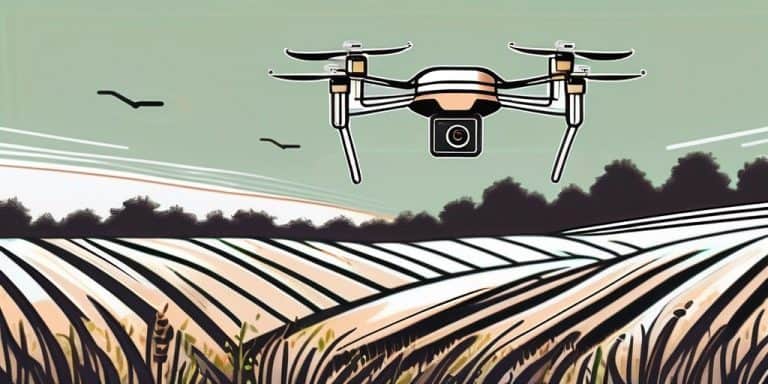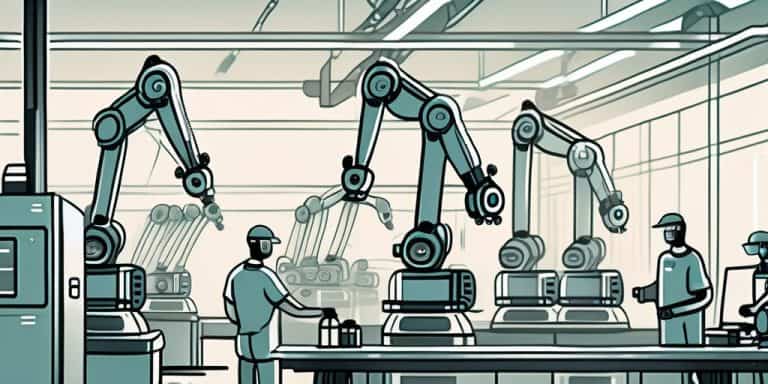
Examples of Speech Synthesis in the Legal System
Discover how speech synthesis technology is revolutionizing the legal system with real-world examples.
In order to thrive in the digital world, next-generation leaders must focus on digital-first approaches. Hyper-automation is one such approach and technology trend that can help organizations unlock speed, efficiency, and accuracy for their business.
In this post, we will discuss the hyper-automation process, the benefits it provides to businesses, and how organizations can get started.
The first step was to differentiate hyper-automation from automation. Automation is the use of technology to automate manual processes, while hyper-automation is the combination of multiple advanced technologies—AI, ML, RPA, task mining toolsand BPM—to automate complex business processes. The company identified and prioritized its hyper-auto-mation objectives, including improved process speed and efficiency, increased accuracy, and the ability to scale quickly.
Once the hyper-automation objectives were identified, the company then devised a hyper-automation strategy. This included developing a workflow process and implementing automation tools and technologies. The goal was to identify tasks that could be automated, define processes that could benefit from hyper-automation, develop a roadmap to guide the hyper-automation implementation process, and implement hyper-automation systems.
Hyper-automation can be used across various industries and processes. For example, hyper-automation can be used in the manufacturing industry to automate factory equipment, transportation networks to streamline scheduling, logistics companies to optimize supply chain management, healthcare providers to reduce paperwork and manual data entry, and banks to speed up loan processing.
Hyper-automation consists of the integration of technologies such as Robotics Process Automation (RPA), Artificial Intelligence (AI), Machine Learning (ML), Natural Language Processing (NLP), and other advanced automation technologies to automate manual processes.
Robotic Process Automation (RPA) was used to automate repeatable processes that could be done quickly and accurately, such as data entry and document processing. This allowed the company to eliminate tedious manual work and reduce costs associated with those processes.
Intelligent automation tools, such as artificial intelligence (AI) and machine learning (ML), were used to identify opportunities for hyper-automation across the company’s processes. This included identifying tasks that could be automated, analyzing existing workflows to identify bottlenecks and potential areas of improvement, and creating models that could be used to improve process performance.
Machine learning models were also used to make predictions and recommendations based on data from the existing processes. For example, a predictive model was created to anticipate customer needs and provide personalized product or service recommendations. This enabled the company to better serve its customers while reducing operational costs associated with providing those services.
Intelligent Business Process Management Suites (iBPMS) were used to improve existing workflows and help ensure that tasks moved through the process in an efficient manner. iBPMS allowed managers to monitor processes, identify potential issues or bottlenecks, and adjust workflows as needed.
Document process analytics was used to analyze existing processes and identify which tasks could be automated. This allowed the organization to quickly determine which processes should be automated and which shouldn’t, saving time and money.
Hyper automation is important because it allows organizations to automate processes faster and more efficiently than ever before.
Hyper automation allows processes to be completed much faster than with traditional methods. By utilizing advanced automation tools, organizations can reduce the amount of time it takes to complete tasks and optimize workflows, enabling them to meet tight deadlines.
Organizations that leverage hyper-automation achieve greater efficiency as they are able to perform more tasks simultaneously with fewer resources. This can lead to cost savings on labor costs and operational expenses.
Automation enables organizations to increase accuracy in data processing due to its ability to quickly detect errors and correct them before human involvement is required. This reduces the potential for costly mistakes resulting from human error.
Hyper automation offers increased scalability by allowing organizations to quickly scale up their operations as needed without having to worry about manual processes or additional staff members. Organizations can quickly adjust workloads and add new features as needed in order to keep pace with changing customer demands and market trends.
By automating manual tasks, organizations free up time for employees who would have otherwise been performing tedious tasks manually, which increases their productivity and focus on other important aspects of the business. Additionally, automating repeatable processes helps companies stay agile by allowing them to respond more quickly and accurately when changes occur within their industry or the marketplace at large.
Automating repetitive tasks eliminates the need for additional personnel costs associated with manual processes, leading to overall cost savings while also increasing efficiency and enhancing customer service levels. Additionally, automated processes offer a blueprint that can be implemented easily across multiple departments and locations, further reducing labor costs associated with manual processes while providing consistent quality outcomes worldwide.
Hyper-automation can have a major impact on the process optimization of any organization. Automated tasks can be conducted quickly and efficiently, eliminating time-consuming manual processes that would otherwise require significant human intervention.
By implementing hyper-automation, organizations are able to reduce errors and speed up delivery timelines for their customers. Not only does hyper-automation help streamline processes, but it also helps organizations identify areas for improvement, allowing them to make necessary changes more quickly and easily.
Hyper-automation also helps to facilitate faster decision-making by automating routine tasks and providing more accurate data on which decisions can be made. This reduces the time it takes to make decisions, enabling organizations to respond quickly and accurately in a variety of situations.
Hyper-automation helps identify opportunities for optimization or improvement, thus allowing an organization to meet its business objectives more quickly and effectively. It also helps to optimize processes through the use of advanced analytics capabilities, helping to identify potential risks or challenges that may arise and allowing the organization to take preventive measures in order to avoid them.
Implementation of hyperautomation or end-to-end automation requires the identification of processes and tasks that can be automated. This typically starts with a process map to identify opportunities for improvement and automation, followed by the selection of appropriate tools or software solutions to automate the identified processes. Once these have been identified, hyperautomation or end-to-end automation can be implemented.
Here are steps to take to implement hyper-automation in an organization:
Organizations should start by developing a clear understanding of their business goals and objectives so they can determine which processes need to be automated. This should include an assessment of the current state and a plan for how to move towards hyper-automation.
The first step to implementing hyper-automation is to identify which processes or tasks can be automated. This can include manual data entry, auditing, customer churn analysis, and more.
After identifying potential areas for automation, the next step is to create a plan that outlines how it will be implemented. This should include both short and long-term goals as well as target business objectives.
Choosing the right tools and technologies for hyper-automation is essential in ensuring that the process runs smoothly. Automation platforms such as Robotic Process Automation (RPA) can help automate manual tasks and create efficiencies. Natural Language Processing (NLP) allows for increased accuracy in processing data. Machine learning (ML) can help automate areas such as predicting customer churn or future sales trends.
Once the chosen technologies have been identified, they must be integrated into existing systems and processes so that they operate efficiently together. This integration should take into account security protocols, data integration requirements, and any other considerations related to the business environment.
As with any automation process, monitoring how it is performing over time is vital in order to ensure it continues to deliver positive outcomes for the business. Monitoring results help identify opportunities for improvement and help measure success against goals set out at the start of the process.
Intelligent Process Automation (IPA) is a combination of technologies, tools, and services that can automate workflows and processes. It uses artificial intelligence (AI), machine learning (ML), robotic process automation (RPA), natural language processing (NLP), optical character recognition (OCR), and other advanced capabilities to create hyper-automation solutions.
RPA UiPath is an enterprise automation platform that enables organizations to automate and manage business processes faster and more efficiently. The platform uses a visual workflow editor, pre-built activities, reusable components, and out-of-the-box integrations to quickly develop hyper-automation solutions.
Robotic process automation (RPA) can be used to optimize controlling processes. RPA helps control processes through automated data extraction, more accurate data entry, and single sign-on integrations. Automation of tasks can reduce manual effort, improve accuracy, and reduce process time considerably.
Hyperautomation is the combination of multiple automation technologies to create a unified, single solution that delivers more efficient, cost-effective outcomes. It promises to improve the user experience, reduce costs and accelerate results.
With its incredibly powerful capabilities, hyper-automation can help companies make their businesses more agile, efficient and data-driven. Its broad scope of functions and applications makes it a highly manageable technology for organizations of any size and complexity. In fact, many organizations across industries have already discovered and implemented the power of hyperautomation to great end results.



Discover how speech synthesis technology is revolutionizing the legal system with real-world examples.

Explore how speech synthesis technology is revolutionizing the agricultural industry with real-world examples and applications.

Explore how speech synthesis technology is revolutionizing the manufacturing industry with real-world examples.
